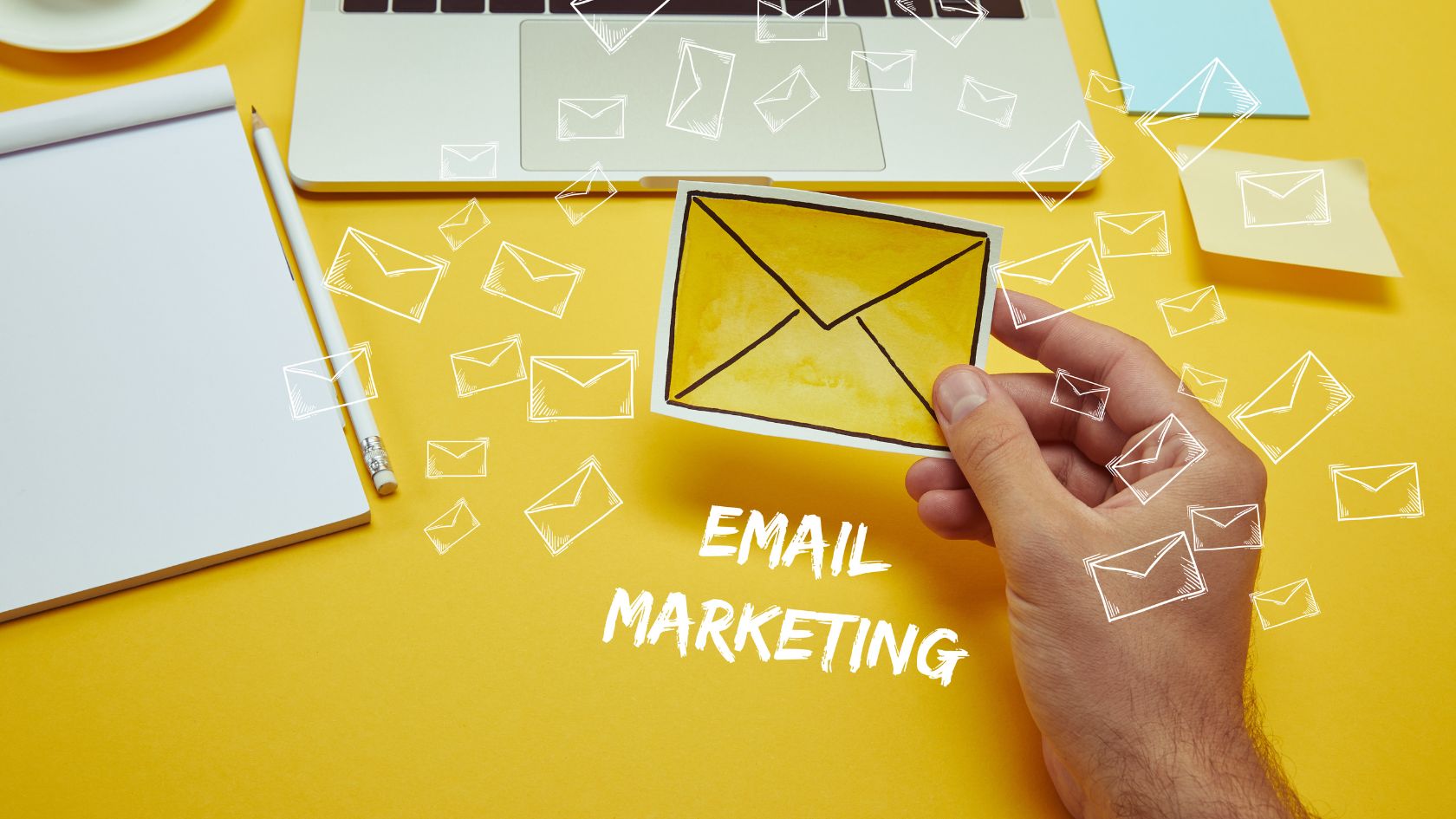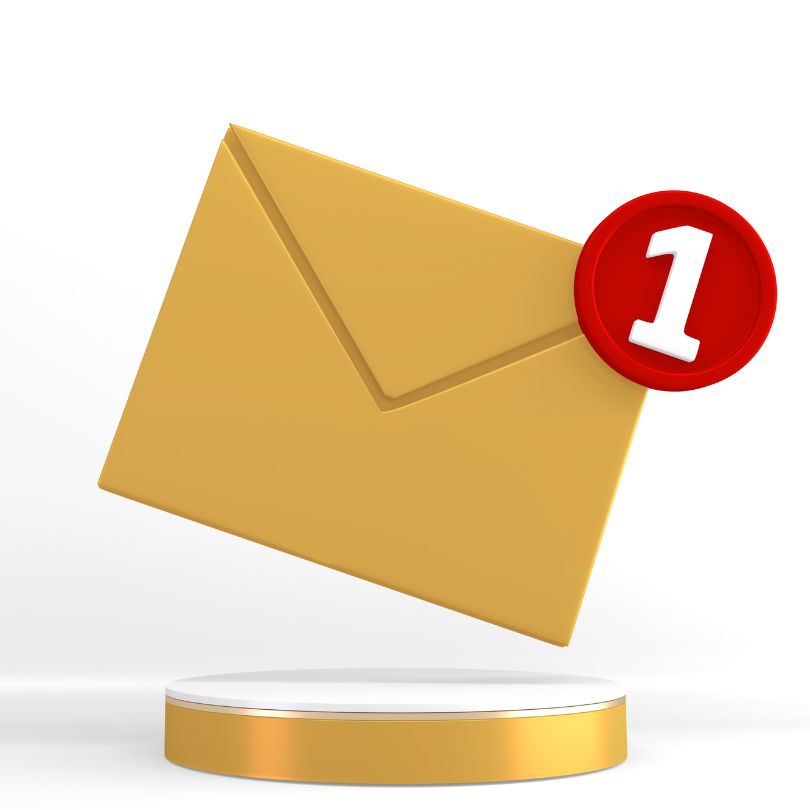
Mastering Email Sequences: The Complete Guide to High-Converting Campaigns

Email sequences are powerful marketing tools that can systematically nurture leads, build relationships, and drive conversions when properly executed. Unlike one-off email campaigns, strategic sequences guide subscribers through a carefully designed journey that addresses their needs at each stage of the buying process. This comprehensive guide will equip you with the knowledge and tactics needed to create email sequences that engage subscribers and generate measurable results.
Understanding the Power of Strategic Email Sequences
At their core, email sequences are series of pre-written, automated messages sent to subscribers based on specific triggers or timelines. When implemented effectively, these carefully crafted email journeys can increase engagement, build trust, and significantly improve conversion rates. The sequential nature allows you to tell a cohesive story, address objections methodically, and guide prospects toward a desired action without overwhelming them with information all at once.
Research consistently shows that segmented, targeted email sequences generate 18% more revenue than broadcast emails. This is because sequences allow for progressive relationship building, delivering the right message at the right time based on subscriber behavior and needs. By mastering email sequences, you’re essentially creating an automated sales representative that works 24/7 to nurture your leads.
Types of High-Converting Email Sequences
1. Welcome Sequence
The welcome sequence is your first opportunity to make a strong impression and set expectations with new subscribers.
Key Components:
- Immediate confirmation email: Deliver the promised lead magnet and confirm subscription
- Brand introduction: Share your story and values to create connection
- Value-building emails: Provide immediate value to reinforce their decision to subscribe
- Expectation setting: Explain what content they’ll receive and how often
- Initial engagement request: Ask a question or encourage a small action
Optimal Length: 3-5 emails over 7-10 days
Subject: Welcome to [Brand] – Here’s Your [Lead Magnet]
Hi [Name],
Thank you for joining our community! As promised, here’s your [lead magnet] that will help you [specific benefit].
[Download Link]
Over the next few days, I’ll be sharing more insights about [topic] to help you [achieve specific goal].
In the meantime, I’d love to know: What’s your biggest challenge with [relevant topic]?
Just hit reply and let me know.
Best regards,
[Your Name]
2. Nurture Sequence
Nurture sequences build relationships and establish authority by delivering consistent value over time.
Key Components:
- Educational content: Share valuable insights related to your industry
- Problem-agitation-solution framework: Highlight problems, explain consequences, then offer solutions
- Social proof: Incorporate testimonials and case studies
- Objection handling: Address common concerns preemptively
- Soft calls-to-action: Invite further engagement without hard selling
Optimal Length: 5-8 emails over 2-4 weeks
3. Sales Sequence
Sales sequences are designed to convert nurtured leads into customers through a strategic combination of value and offers.
Key Components:
- Problem reinforcement: Remind subscribers of their pain points
- Solution introduction: Position your product/service as the ideal solution
- Feature-to-benefit translation: Explain how features deliver specific benefits
- Risk reversal: Address objections and highlight guarantees
- Scarcity/urgency elements: Create legitimate reasons to act now
- Clear call-to-action: Direct, unmistakable next steps
Optimal Length: 4-7 emails over 5-14 days
4. Onboarding Sequence
Onboarding sequences help new customers successfully adopt your product or service, reducing churn and increasing satisfaction.
Key Components:
- Getting started guidance: Clear first steps to achieve initial success
- Feature spotlights: Highlight key features and their benefits
- Success milestones: Celebrate user progress and achievements
- Common questions/troubleshooting: Proactively address typical challenges
- Support options: Remind users how to get help when needed
Optimal Length: 5-10 emails over 14-30 days
5. Re-engagement Sequence
Re-engagement sequences aim to win back inactive subscribers or customers who haven’t interacted with your emails or purchased recently.
Key Components:
- Attention-grabbing subject lines: Create curiosity or directly address inactivity
- Value reminder: Highlight what they’re missing
- Special incentive: Offer a compelling reason to return
- Feedback request: Ask why they disengaged
- Clear options: Stay subscribed or unsubscribe
Optimal Length: 3-5 emails over 7-14 days
Crafting High-Converting Email Sequence Content
Subject Line Strategies That Drive Opens
Your subject line determines whether your carefully crafted email gets opened or ignored. Implement these proven strategies to maximize open rates and ensure your messages reach your audience:
- Curiosity gaps: “The unexpected reason your [common task] isn’t working”
- Benefit-focused: “Achieve [desired outcome] in just [timeframe]”
- Personalization: Include name, location, or behavior-based references
- Urgency/scarcity: “Last chance: [offer] ends tonight”
- Question format: “Are you making these [topic] mistakes?”
- Numbers/lists: “5 proven ways to [achieve desired outcome]”
Pro Tip: A/B test subject lines with small segments of your list before sending to everyone. Even small improvements in open rates can significantly impact your overall campaign performance.
Email Body Content That Engages and Converts
Once your email is opened, the content must immediately engage and provide value. Follow these principles for high-converting email body content:
- Single-focus messaging: Each email should have one clear purpose
- Scannable format: Use short paragraphs, bullets, and subheadings
- Conversational tone: Write as if speaking to one person
- Story-driven approach: Use narratives to illustrate points
- Benefit-centric language: Focus on outcomes, not features
- Strategic formatting: Bold key points, use italics sparingly
- Clear, compelling CTAs: One primary action per email
Psychological Triggers to Incorporate
Leverage these psychological principles to make your emails more persuasive:
- Reciprocity: Provide genuine value before asking for anything
- Social proof: Include testimonials, reviews, user counts
- Authority: Demonstrate expertise and credibility
- Scarcity: Highlight limited availability or time-sensitive offers
- Consistency: Remind subscribers of their previous commitments
- Liking: Share relatable stories and show authentic personality
- Loss aversion: Emphasize what they’ll miss by not taking action
Technical Implementation and Optimization
Setting Up Effective Triggers and Timing
The timing and triggers for your email sequences significantly impact their effectiveness:
| Sequence Type | Optimal Trigger | Timing Considerations |
|---|---|---|
| Welcome | New subscription | First email immediate, then 1-2 day spacing |
| Nurture | Welcome sequence completion | 2-4 day spacing between emails |
| Sales | High engagement with nurture content | More frequent during limited-time offers (daily) |
| Onboarding | Purchase/signup | Based on typical product adoption timeline |
| Re-engagement | Inactivity (30-90 days) | 3-4 day spacing, varying send times |
Segmentation Strategies for Personalization
Segmentation can increase email revenue by up to 760%. Consider these segmentation approaches:
- Demographic segmentation: Age, location, gender, income
- Behavioral segmentation: Past purchases, website activity, email engagement
- Psychographic segmentation: Interests, values, lifestyle
- Engagement-based segmentation: Active vs. inactive subscribers
- Purchase history segmentation: Products bought, average order value
- Sales funnel position: Awareness, consideration, decision stages
Testing and Optimization Framework
Continuous improvement is essential for maximizing sequence performance:
- Establish baseline metrics: Document current open rates, click rates, conversion rates
- Identify testing priorities: Focus on elements with highest potential impact
- Implement A/B testing: Test one variable at a time (subject lines, CTAs, send times)
- Analyze results: Look for statistically significant differences
- Apply learnings: Implement winning variations
- Document and repeat: Maintain a testing log and continue optimization
Pro Tip: When testing, ensure your sample size is large enough for statistical significance. For most tests, aim for at least 1,000 subscribers per variation.
Advanced Email Sequence Strategies
Behavioral Branching Logic
Create dynamic sequences that adapt based on subscriber actions:
- Click-based branching: Send different follow-up emails based on which links subscribers click
- Engagement-based paths: Move highly engaged subscribers to sales sequences faster
- Purchase-based diversions: Automatically remove purchasers from sales sequences
- Content consumption tracking: Tailor content based on topics subscribers engage with most
Integrating Multiple Channels
Enhance email sequence effectiveness by coordinating with other channels:
- Retargeting ads: Show ads that reinforce email sequence messages
- SMS integration: Use text messages for time-sensitive notifications
- Direct mail touchpoints: Send physical materials at critical decision points
- Social media coordination: Align organic content with email themes
- Webinar/event integration: Use sequences to drive and follow up on live events
Personalization Beyond First Name
Take personalization to the next level with these advanced tactics:
- Behavioral personalization: Reference specific actions taken on your website
- Purchase history references: Recommend products based on past purchases
- Location-specific content: Mention local events or weather
- Company-specific insights: For B2B, reference industry challenges
- Device-specific instructions: Tailor guidance based on device used
- Time-aware messaging: Reference time of day, day of week, or seasons
Measuring Email Sequence Success
Key Performance Indicators to Track
Monitor these metrics to evaluate and improve your email sequences:
- Sequence completion rate: Percentage of subscribers who receive all emails
- Sequence conversion rate: Percentage who complete desired action
- Revenue per subscriber: Average revenue generated per person in sequence
- Engagement trend: Open/click patterns throughout the sequence
- Unsubscribe points: Identify which emails trigger most unsubscribes
- ROI: Total revenue generated compared to sequence creation costs
Attribution Modeling for Email Sequences
Understand the true impact of your sequences with these attribution approaches:
- First-touch attribution: Credits the initial email that started engagement
- Last-touch attribution: Credits the final email before conversion
- Linear attribution: Distributes credit equally across all sequence emails
- Position-based attribution: Gives more credit to first and last emails
- Time-decay attribution: Gives more credit to emails closer to conversion
- Data-driven attribution: Uses algorithms to determine impact of each email
Common Email Sequence Pitfalls and How to Avoid Them
Sequence Killers to Avoid
- Overwhelming frequency: Sending too many emails too quickly
- Inconsistent voice: Changing tone and style between emails
- Premature selling: Pushing for sales before establishing value
- Disconnected narrative: Failing to create a cohesive story across emails
- Generic content: Not personalizing or segmenting effectively
- Technical errors: Broken links, formatting issues, or personalization failures
- Ignoring analytics: Not optimizing based on performance data
Conclusion
Mastering email sequences is a powerful way to automate relationship building and drive consistent results from your email marketing efforts. By implementing the strategies outlined in this guide, you can create sophisticated, conversion-focused sequences that nurture leads and turn subscribers into loyal customers. Remember that the most effective sequences balance valuable content with strategic promotion, always keeping the subscriber’s needs and journey at the forefront of your planning.
As you develop your email marketing strategy, focus on continuous testing and refinement of your sequences. Even small improvements in open rates, click-through rates, or conversion rates can significantly impact your bottom line over time. With the right approach, email sequences can become your most valuable marketing asset, working around the clock to build relationships and generate revenue for your business.